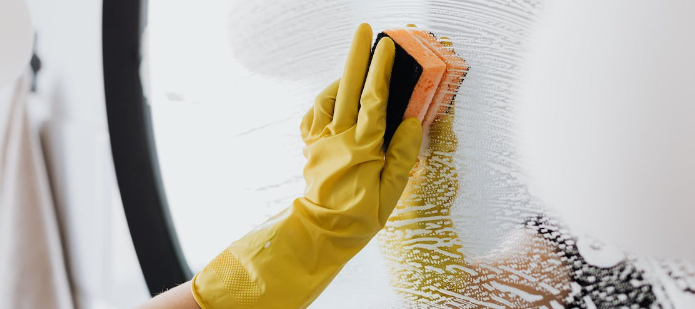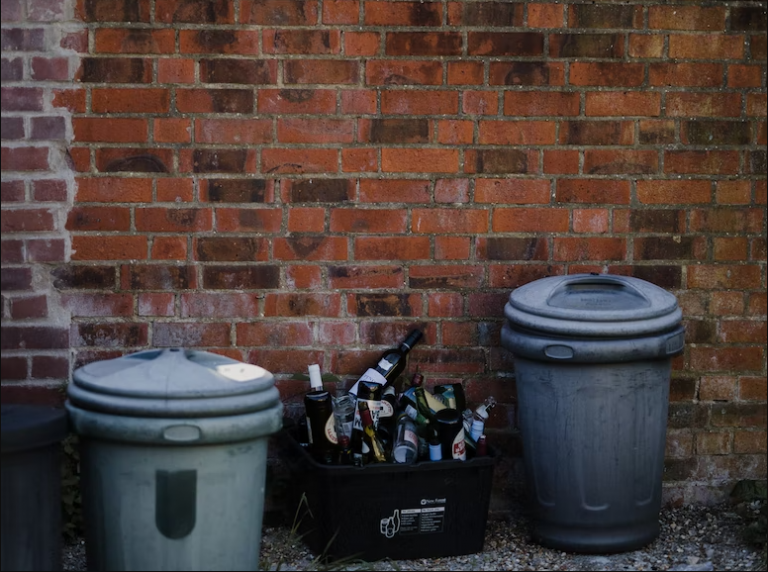6 Cleaning Tools You Need to Do Household Rubbish Removal on Your Own

When Do You Need DIY Household Rubbish Removal in Sydney?
DIY household rubbish removal is part of everyday home maintenance, helping to keep living spaces organised and clutter-free. It’s necessary for regular cleaning routines, whether you’re tidying up after a busy week, making room for new items or simply refreshing your home.
You might also need DIY rubbish removal when rearranging storage areas, clearing out unwanted items from spare rooms or making small changes to your living space. A quick cleanup before guests arrive or after a gathering can also require efficient waste disposal to keep your home looking neat.
6 Cleaning Tools for DIY Household Rubbish Removal
Cleaning Tool #1: Safety Gloves
No matter how strong your body is, if your hands get hurt — even if it’s just a simple cut from sharp objects — it tends to slow your cleaning progress. Wounded hands restrict the movement and function of the affected hand or fingers, reducing overall physical ability.
To keep your hands safe from harmful chemicals, sharp debris and infectious materials, wearing safety gloves is essential. Thick rubber gloves work well for handling liquids and harsh cleaning agents, while heavy-duty work gloves provide protection against sharp objects.
Always check for any tears or damage before use, and replace worn-out gloves to maintain proper safety.
Cleaning Tool #2: Trash Bags
You’ll need heavy-duty trash bags to collect and transport your garbage safely and hygienically. Thin or weak bags can tear easily, causing leaks and spills. Using a strong, durable bag contains waste properly and prevents sharp objects from poking through.
To avoid mess and odours, always tie the bag securely before placing it in your household trash bin. This will contain waste properly and also make collection much easier.
Cleaning Tool #3: Cleaning Solutions
Not all dirt can be easily cleaned with a damp cloth; some require a combination of chemical and natural ingredients to be removed. That’s where cleaning solutions, whether in powder, spray, gel or liquid form, are useful.
Think about pet accidents, food spills or stubborn grime — these can leave behind stains and lingering odours that a simple wipe-down won’t fix. A good cleaning solution helps break down tough stains, disinfect surfaces and neutralise odours, keeping your home fresh and hygienic.
Beyond stain removal and odour control, the right cleaning products can also tackle bacteria, grease buildup and everyday dirt, making cleaning quicker and more effective.
Cleaning Tool #4: Mask
Household garbage can contain dust, allergens and bacteria. If inhaled, these particles can irritate your lungs and even lead to respiratory issues over time. That’s why wearing a mask while cleaning is a simple but essential step to protect your health.
Masks are usually constructed with a combination of breathability and filtration filters. While various materials are used to make masks, choose fabrics with a high percentage of filtration, such as a disposable N95 respirator.
It is also best to ensure your mask fits your face correctly and is comfortable. Otherwise, clothing that is too loose or tight may be ineffective or uncomfortable to wear for an extended period.
Most importantly, proper disposal procedures for used masks must be followed to prevent the spread of germs. If you’re using a reusable mask, wash it regularly to keep it effective.
Cleaning Tool #5: Bucket and Sponge
A bucket and sponge are your best friends for wet cleaning after a household rubbish removal in Sydney. They are versatile enough to be used in various cleaning situations, such as holding a bucket of disinfectant while cleaning multiple areas of your home with a sponge.
To get the best results, choose a sturdy bucket with a comfortable handle for easy carrying and a pouring spout to prevent spills. For sponges, use a soft one for delicate surfaces and a scrubbing type for tougher grime and stains.
Cleaning Tool #6: Broom and Dustpan
The broom and dustpan are a real boon in every household rubbish removal. Almost every home has this set of cleaning tools, and it’s easy to see why — they quickly sweep up debris, reach tight spaces and prepare the area for deeper cleaning, all while being simple to use.
For the best outcome, choose a broom with firm bristles suitable for different surfaces, from tiles to wooden floors. When selecting a dustpan, look for one with a rubber edge to help it sit snugly against the floor, preventing dirt from slipping underneath.
Too Much Waste? Book Professional Household Rubbish Removal in Sydney!
While your efforts in waste management are valuable, there are times when professional assistance is necessary. If the amount of trash is overwhelming or the space to be cleaned is too large, calling in experts like Deceased Estate Sydney is the safest and most efficient option.
Contact us at 0408 629 666 or info@deceasedestatesydney.com.au to schedule your household rubbish removal in Sydney today!



